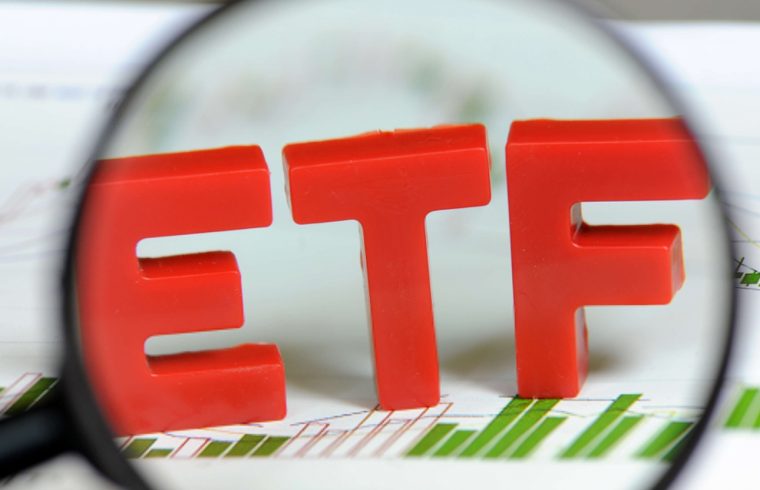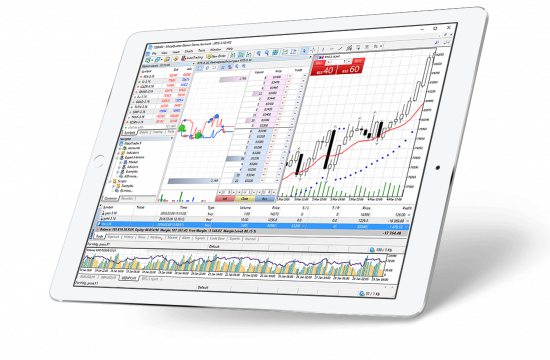Beginner investors encounter a slew of obstacles as a result of the wide variety of accessible choices. ETFs are accessible, liquid securities that trade on both the primary and secondary markets. They assert that ETFs are traded similarly to equities and have no risks. Are those assertions factual? Let us begin by delving into the vocabulary to get a thorough understanding of this instrument and the term of liquidity provider overall.
What are exchange-traded funds (ETFs): an overview
The first issue is the importance of understanding what ETFs are and why they are one of the most promising alternatives for generating passive income.
The term ETF is an acronym for exchange-traded fund. These funds may give investors the opportunity to purchase equities, commodities, currencies, and other assets. Meanwhile, share prices are often linked to exchange indexes (S&P 500, Dow Jones, FXIT, and so on) – that is, investments may appreciate or depreciate in value based on the index.
For instance, a private investor wishes to buy ten S&P 500 ETF shares. Since January 20, 2021, the index has increased by 12.56%. While it may seem that investors get 12.56% of earnings, results are also contingent on internal adjustments.
How to measure ETF liquidity?
Experiential investors realize that liquid assets are only worth their cost of capital. What about exchange-traded funds (ETFs)? These funds may issue more shares in response to increased demand; this is why investors should focus their research on asset liquidity, not fund liquidity.
According to Chris Hampstead, the world-renowned master of ETF trading, never believe that an ETF fund is not liquid just because its daily exchange volume is low. You invest in an index-related product. When you successfully purchase and sell your index portfolio, the quantities of other participants are irrelevant.
To get a better understanding of these funds’ liquidity, it’s necessary to examine the processes around which ETFs are built. Primary and secondary markets exist for exchange-traded funds. ETF providers are the major market players who provide fundamental assets as funds. A supplier creates shares that are made accessible to approved participants (APs). Private investors may buy ETF shares via suitable platforms. Investment and brokerage firms act as APs.
How does ETF liquidity work?
When investors realize that brokerage firms or investment firms offer access to ETF shares, it’s self-evident that the liquidity of a broker is critical for private investors. Certain brokerage firms want to operate independently of external parties, depending only on their investors. However, this route may result in significant losses for investors since the spreads charged by brokers acting as market makers are greater than those set by firms that use ETF liquidity providers. A liquidity provider links a brokerage firm directly to the market.
Why is ETF liquidity important? The smaller the spreads, the more opportunities investors have to purchase and sell assets at market prices.
This means that a brokerage firm must deal with an ETF liquidity aggregator, which B2Broker resolves. This firm works as an industry leader, implementing cutting-edge solutions and assisting companies in gaining a competitive edge in the financial markets. B2Broker’s conditions include a spread of 0.01%, seven accessible trading instruments, and execution in as little as 68 milliseconds.











